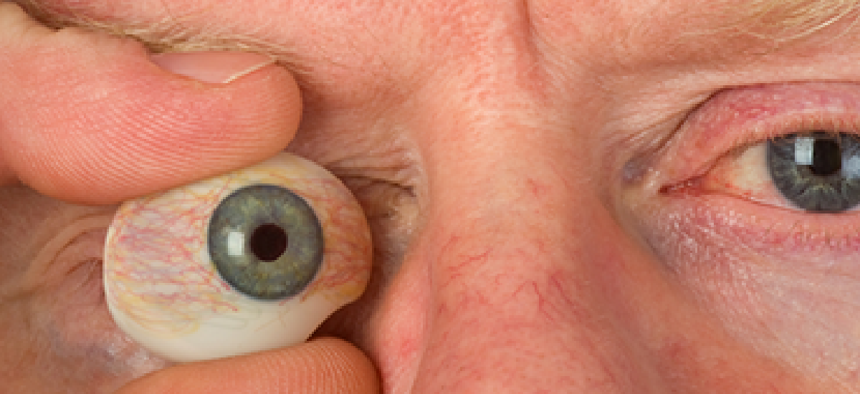The fight against biometric spoofing

Make-up, photographs and digital recorders are tools in the biometric hacker's toolbox, but efforts are underway to make systems more resistant to them.

Efforts are ongoing to develop countermeasures against spoofed biometric identifiers. (Stock image)
A European Union-funded research group received new funding to set up standards and develop countermeasures to fend off spoofed biometric identifiers such as faked fingerprints and bogus facial recognition scans that could plague ID systems in the coming years.
The European Union-funded Tabula Rasa Consortium said in mid-October that the in its most recent round of funding, the EU had invested $6 million in the project. News reports also say the U.S. is providing $2.2 million.
According to coordinator Sebastien Marcel, the research project has made an extensive list of possible spoofing attacks, evaluated the vulnerability of biometric systems to such attacks, and developed more complex countermeasures that can detect signs of "liveness" in biometric identifiers. Tabula Rasa has already transferred five of the countermeasures to companies in the EU.
Many biometric ID spoofing techniques use everyday materials such as make-up, photographs and voice recordings to subvert or directly attack biometric identification systems. Fingerprint, voice and facial recognition are seen as the gold standards for emerging secure identification technologies. But they are not foolproof.
Apple's recently-launched iPhone 5S comes equipped with a fingerprint scanner that secures access to the device for its owner. Within days of the launch, Chaos Computer Club in Germany said it had been able to hack the iPhone's security by building a three dimensional replica of the owner's fingerprint using high definition photo copies, thin latex sheets and thickly applied toner.
Tabula Rasa, according to Marcel, is made up of a dozen organizations across seven countries that have worked for three years to find vulnerabilities in biometric ID systems and begin developing countermeasures.
The group sponsored a "Spoofing Challenge" in which researchers developed innovative attack plans to deceive various biometric systems. During the contest, one participant fooled a facial recognition system with a photograph Another used simulated fingerprints to fool systems.
Marcel said the project aims to develop a draft of standards to evaluate the effectiveness of direct attacks on biometric identifiers. The project will also develop two lines of countermeasures -- a single system that combines multiple biometric methods and a system that uses more complex biometric measurements, including the way someone walks, vein identification or unique electro-physiological signals, such as heartbeats.
NEXT STORY: Cyberattack shuts down major Israeli roadway





